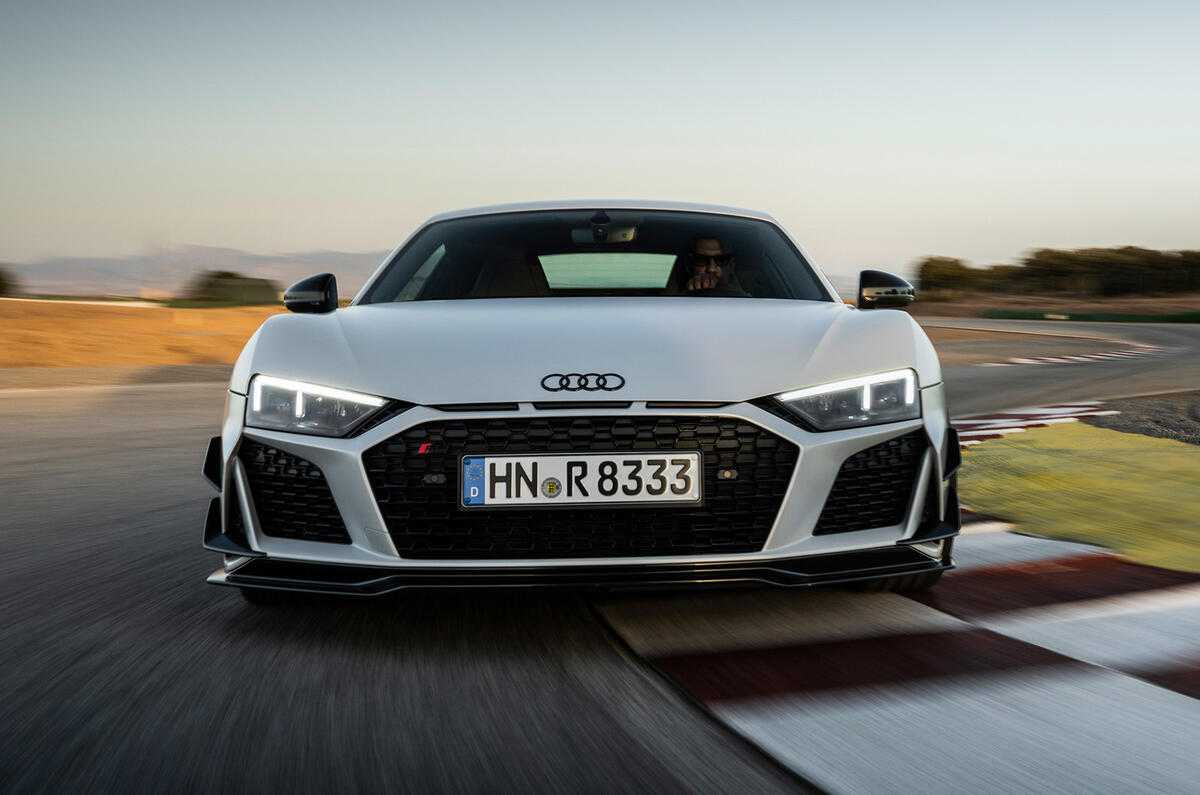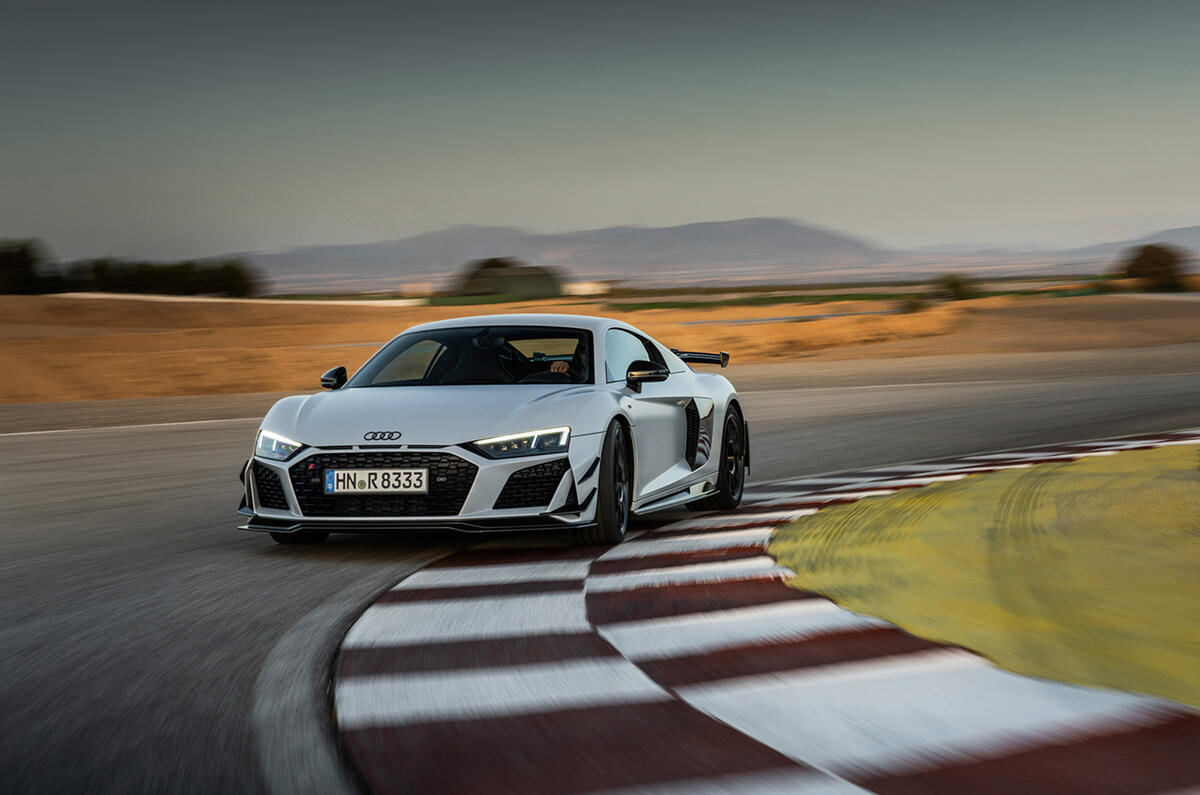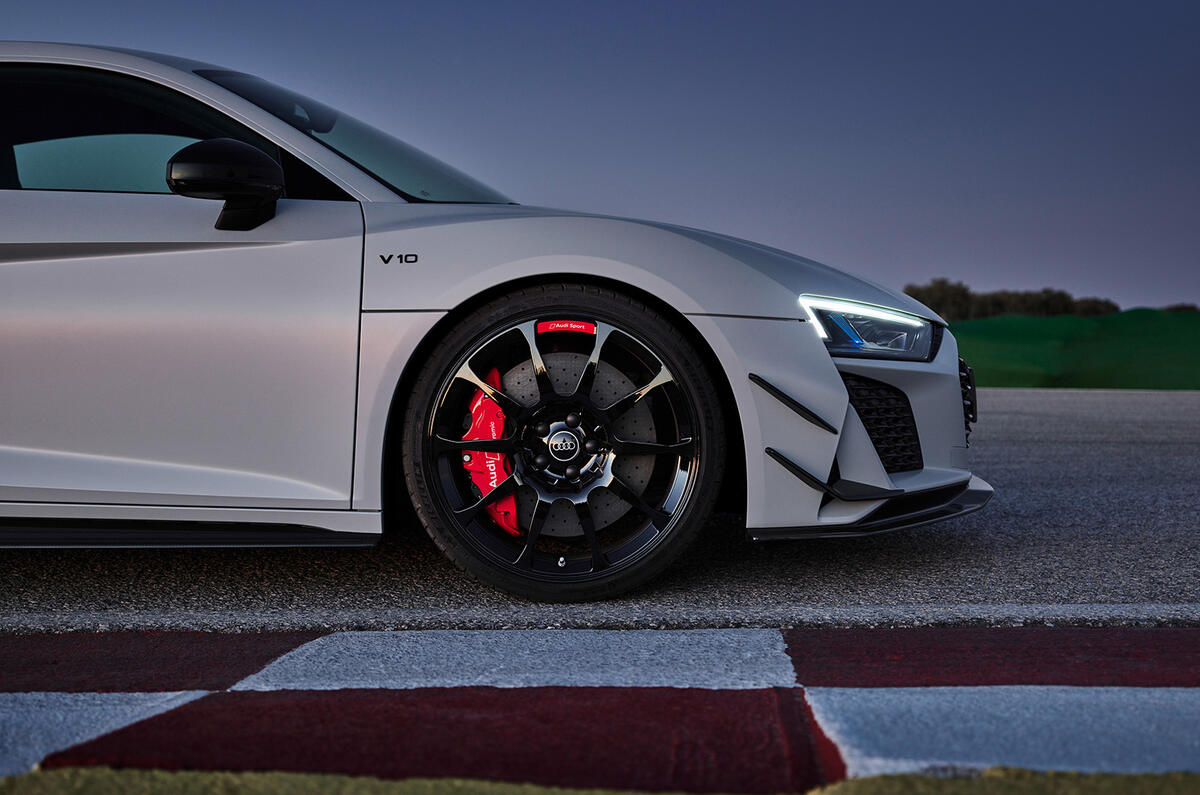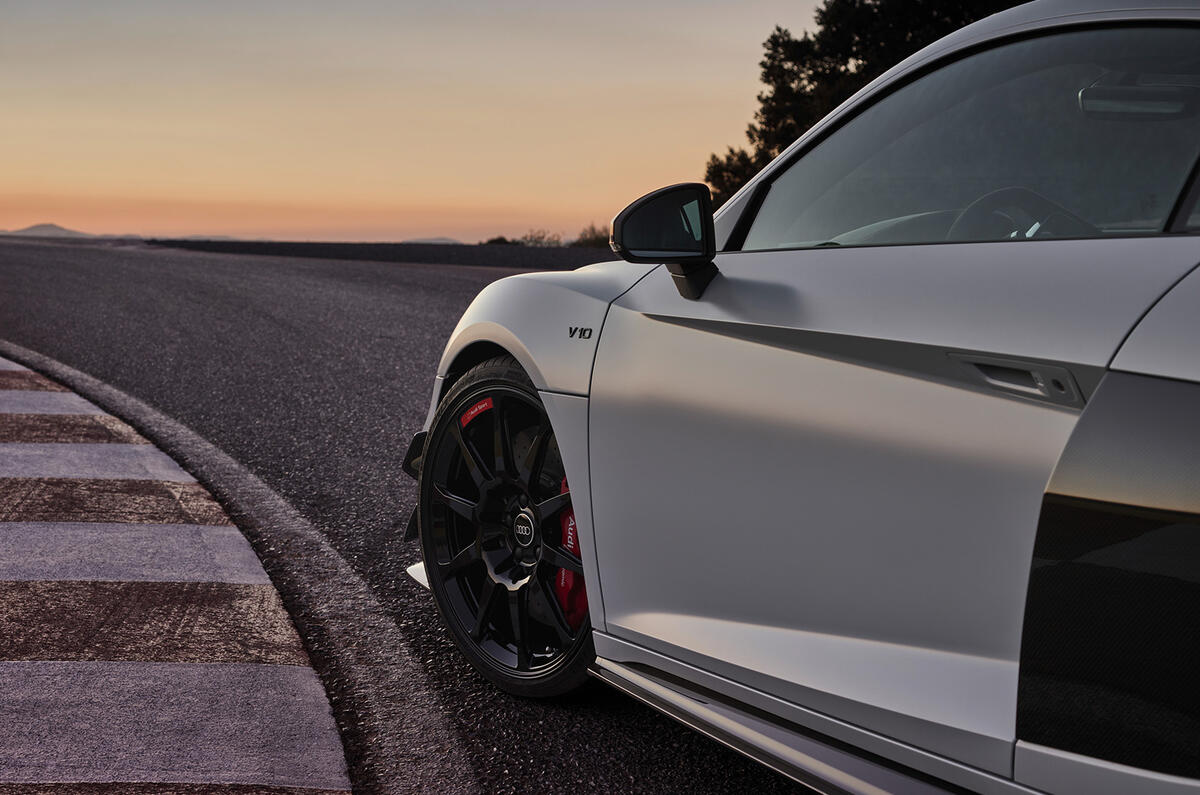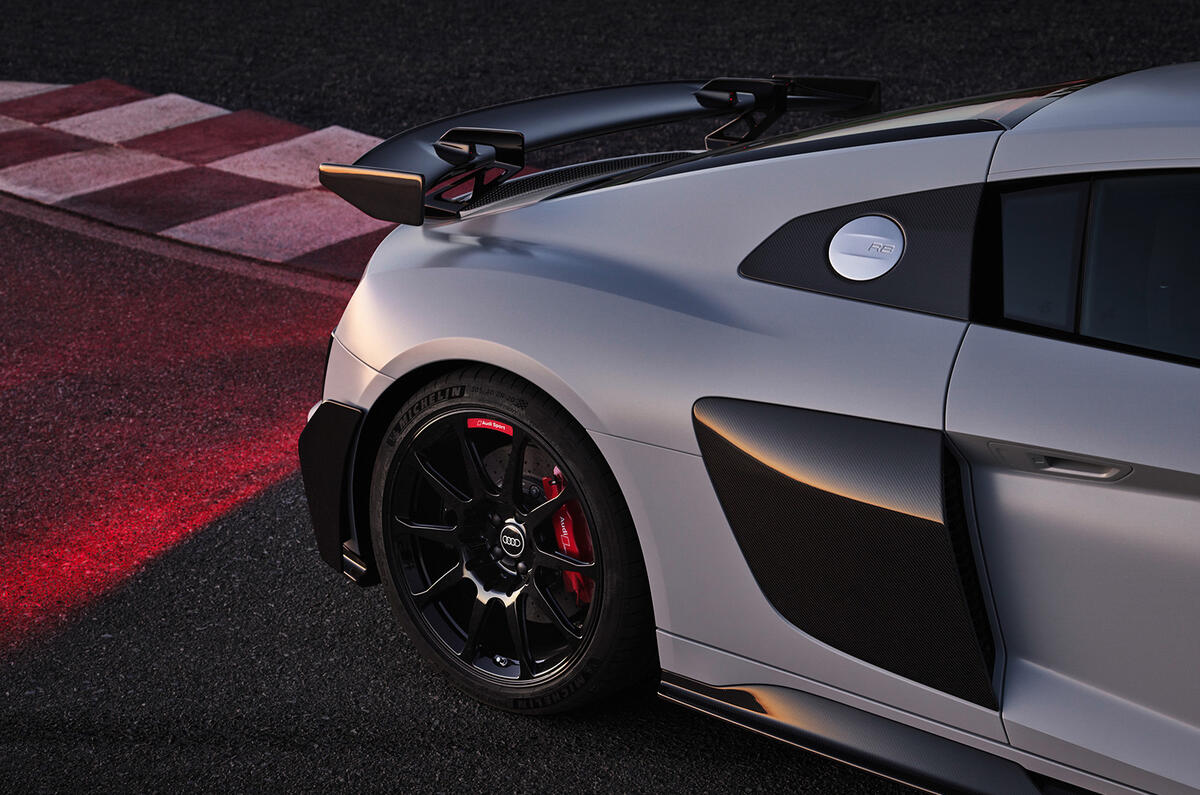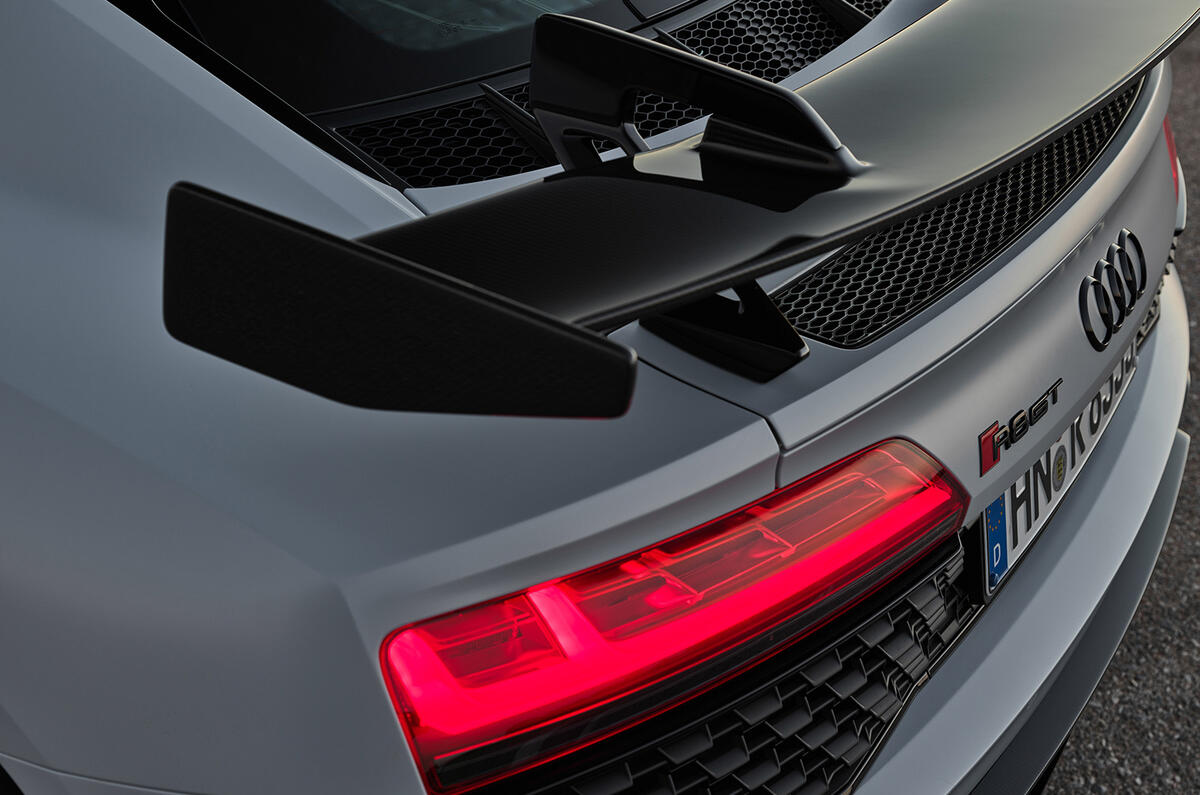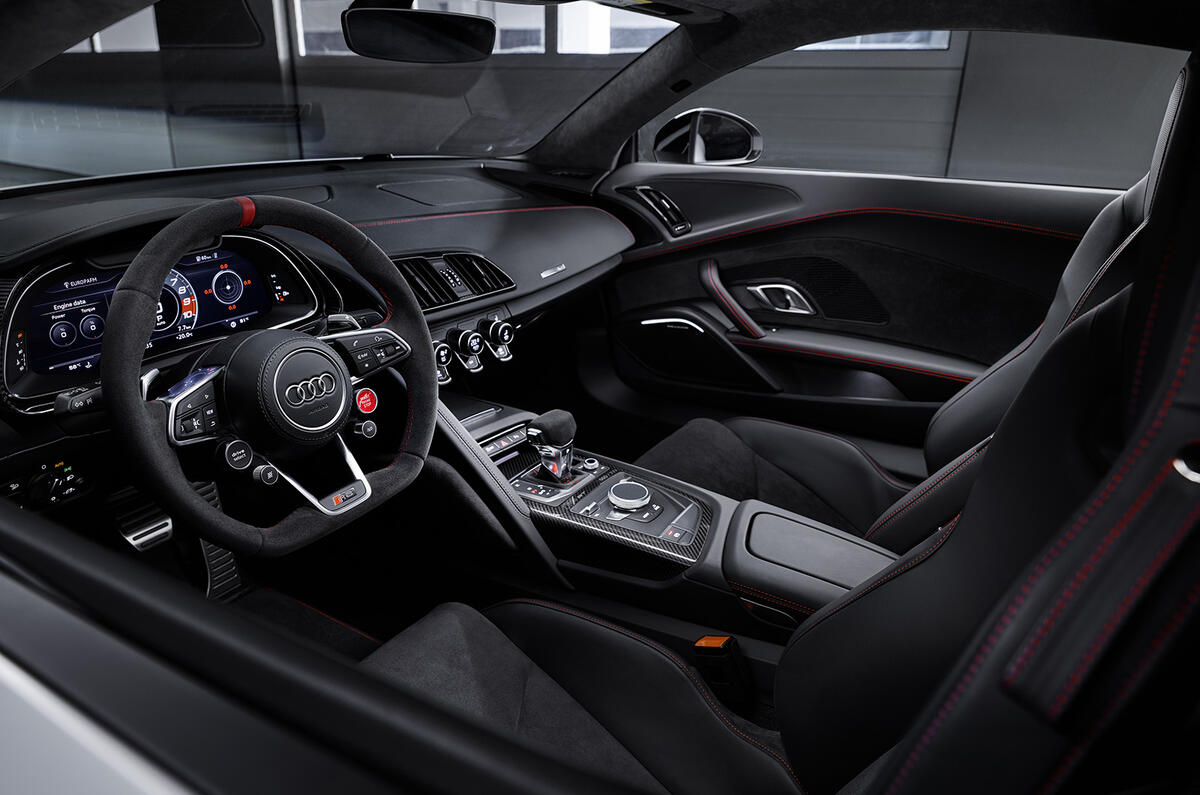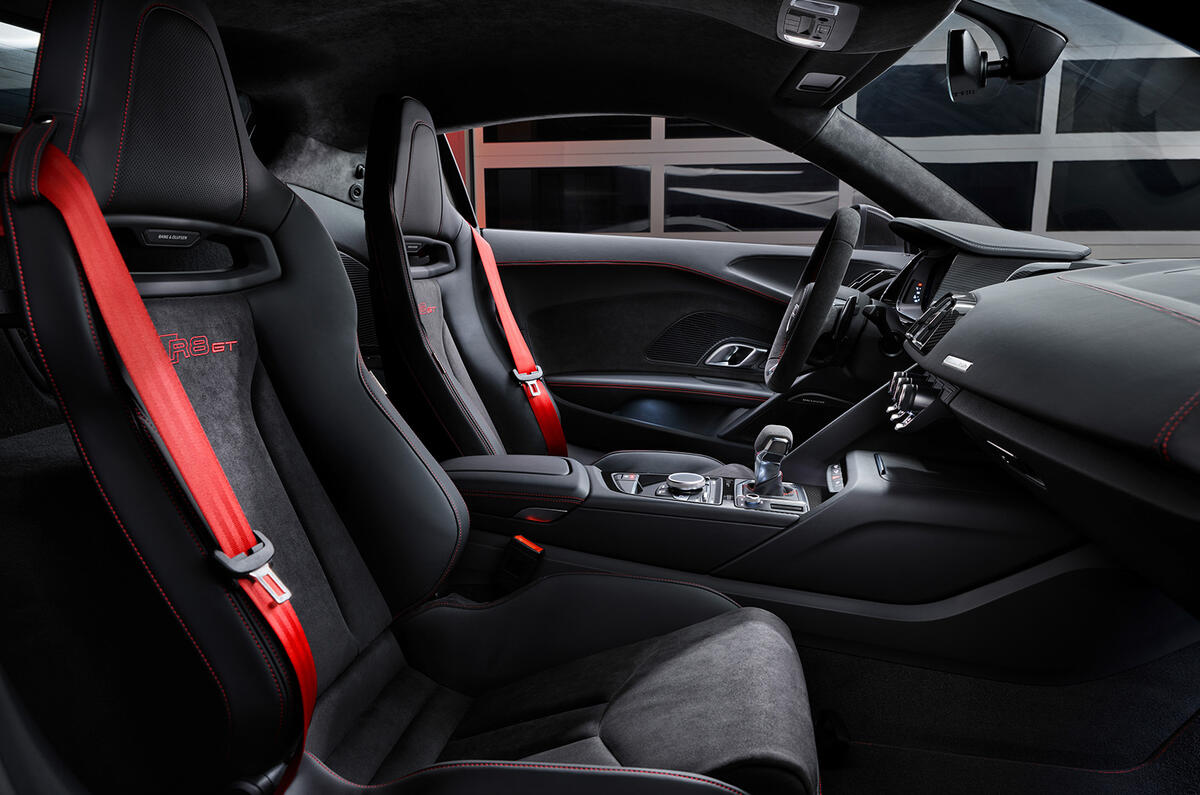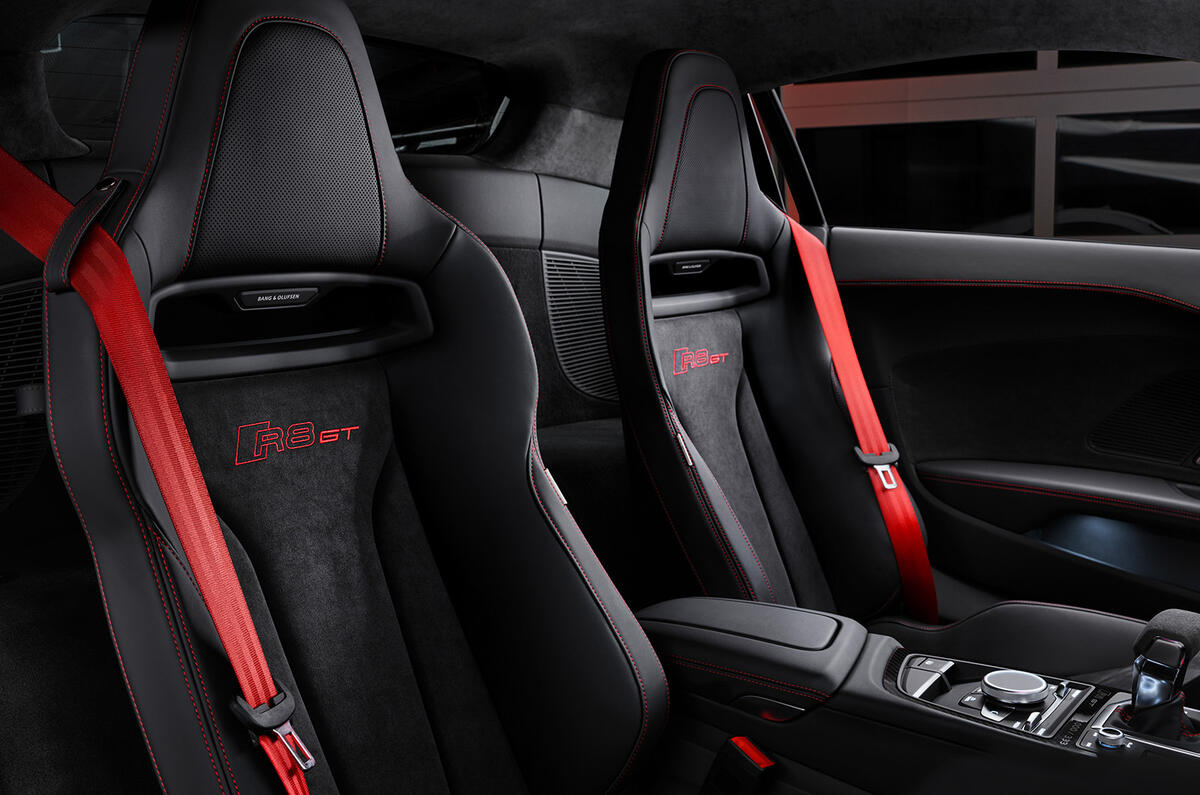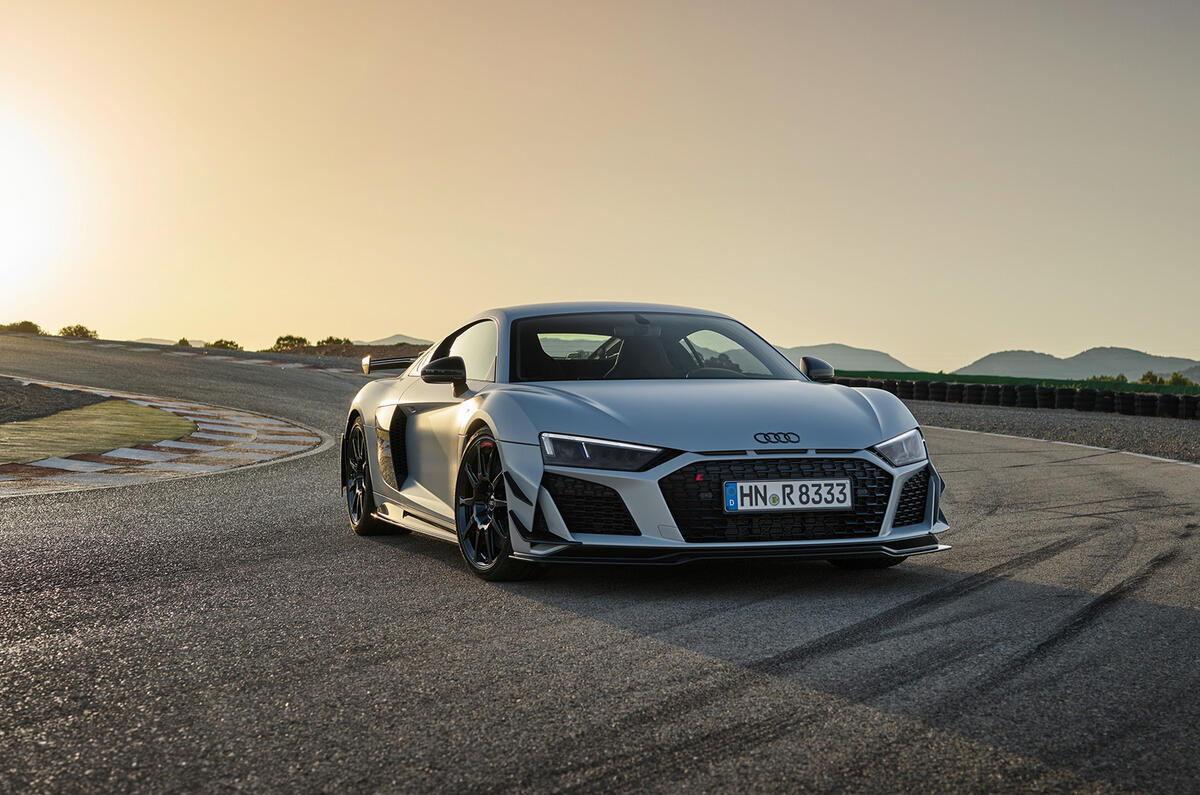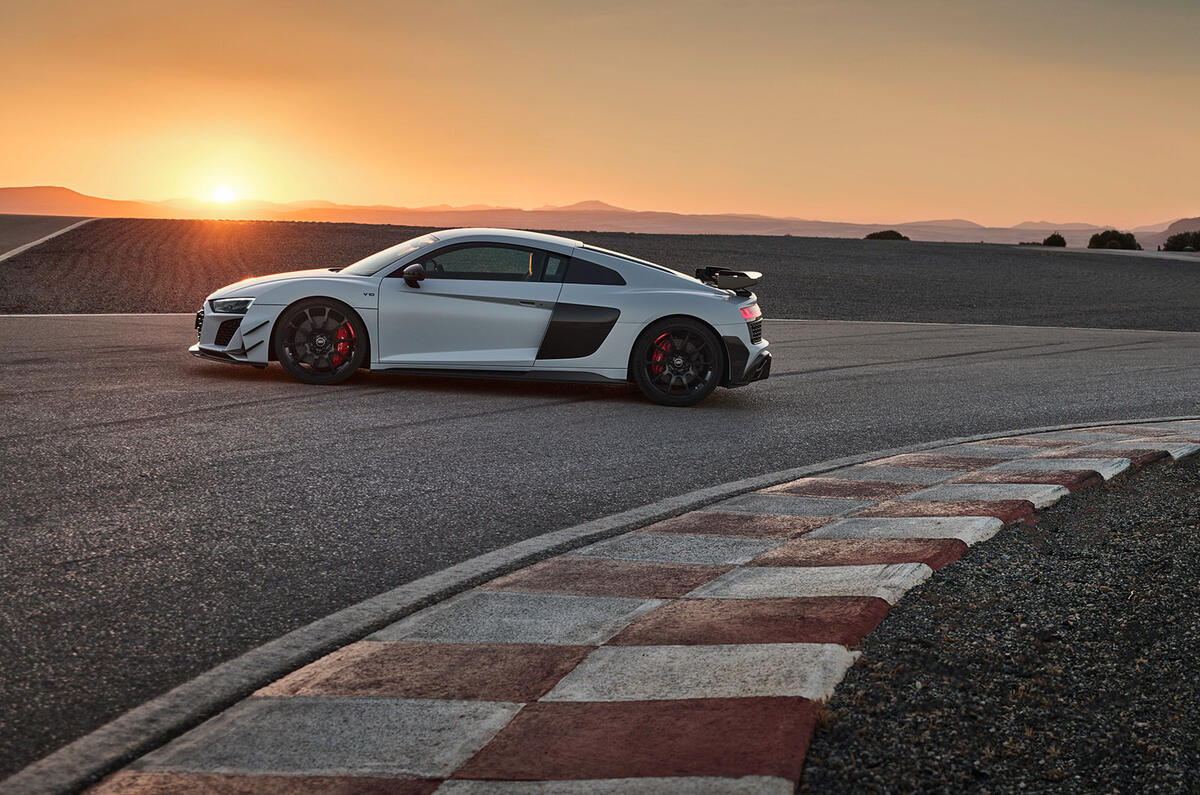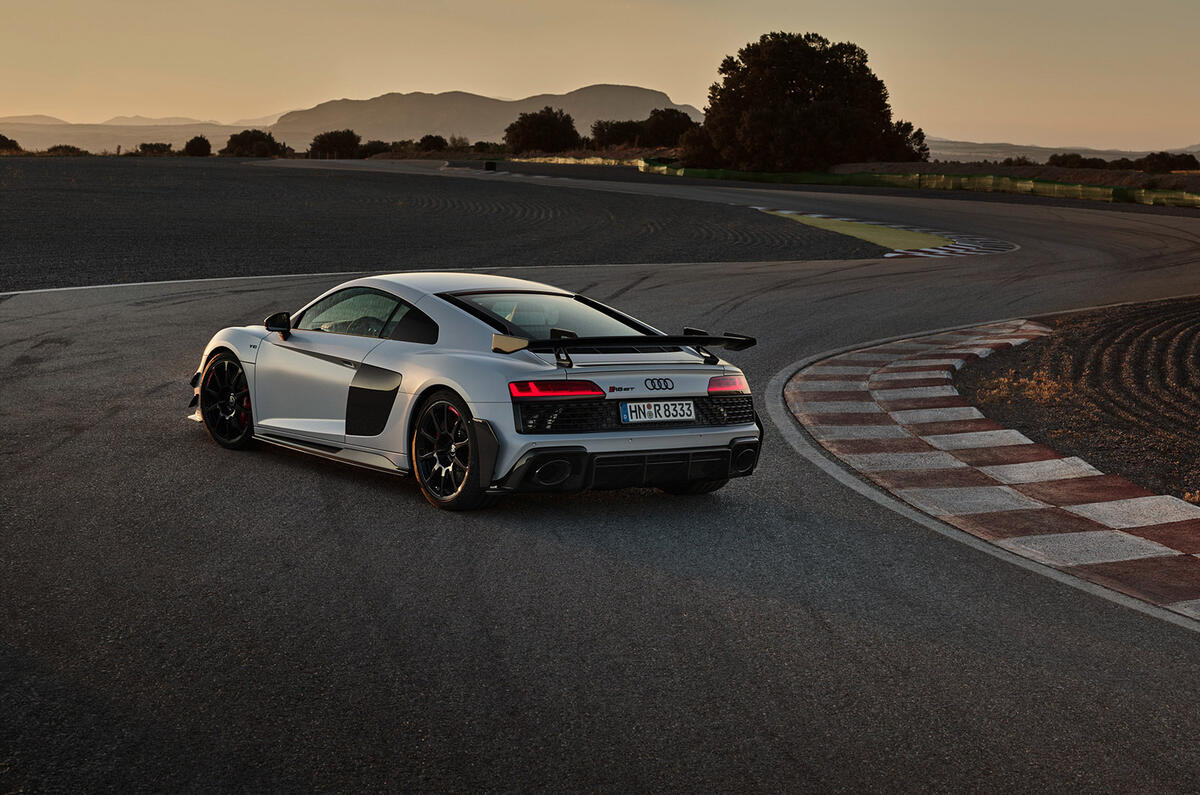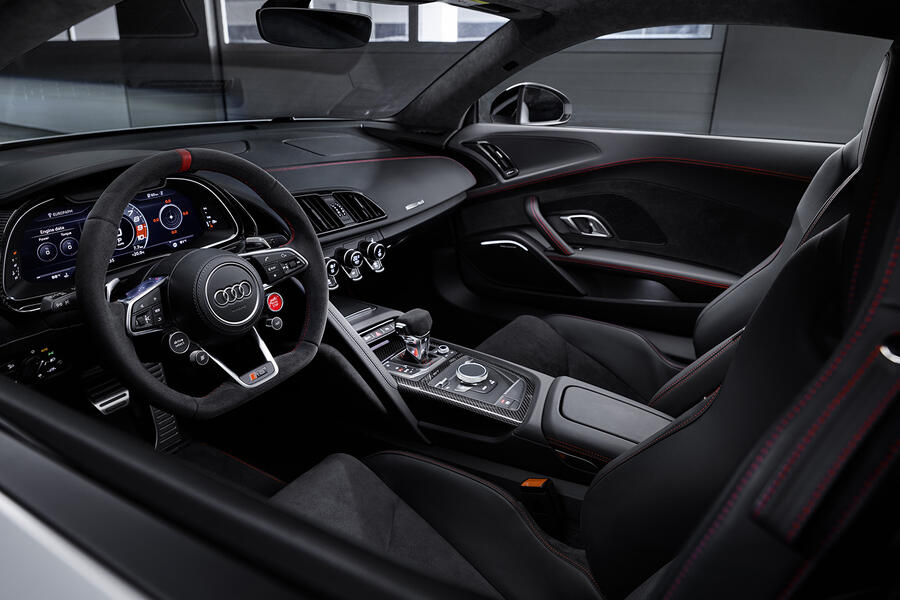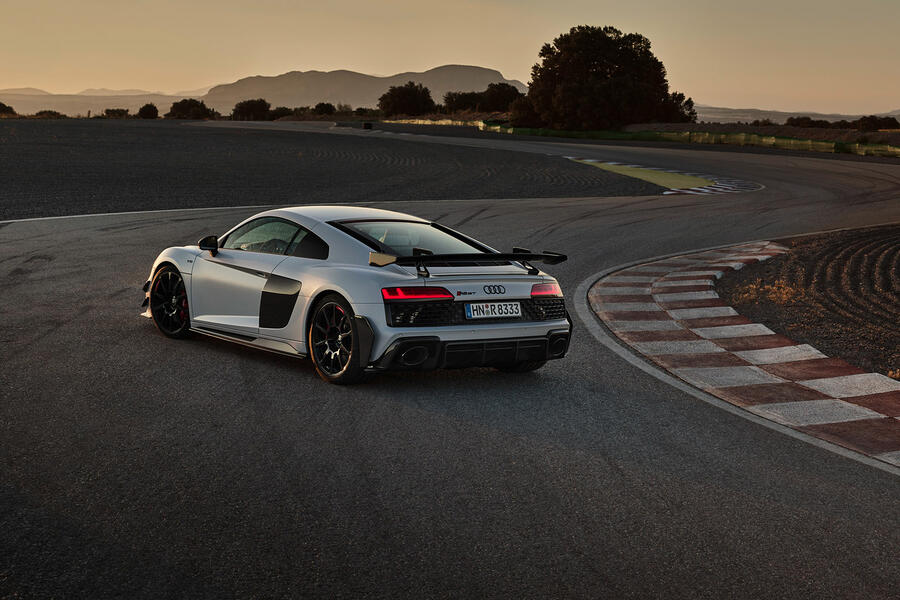Plenty of car manufacturers like to talk about the emotion in their products, especially sports cars. Some go so far as to highlight the 'faszination', a much-loved phrase from our friends in Germany. It’s fair to say that any of this is generally greeted by a healthy dose of cynicism from the assembled hacks when it comes to reviewing said sports car.
But in the case of the Audi R8 GT RWD, it’s difficult not to get a bit sucked in by it all. After all, this is quite literally the end of the line for the halo Audi model, the last time we’ll see an ICE top-of-the-line sports car (it’s likely the next R8 will run an electric-only powertrain), so it feels like the sort of moment where a bit of emotion is called for.
It’s difficult to overstate the importance of the R8 to Audi. When the concept was unveiled in 2003, there were just two RS models: now, there are 10. The R8 gave the brand that halo gloss, allowing it to trade off the Le Mans wins, and it has built the sort of cult that BMW M has spent 50 years fostering.
And so to this version, the most powerful rear-wheel-drive Audi yet – and full credit to the firm for the amount of engineering that’s gone into making this an appropriate swansong, including a new Torque Rear driving mode. It gets the same naturally aspirated V10 as the regular R8, in this case upped to 612bhp and 417lb ft (all done by software tweaks) – figures that take it to the same level as the four-wheel-drive R8, thus allowing Audi to proclaim the headline fact at the start of this paragraph.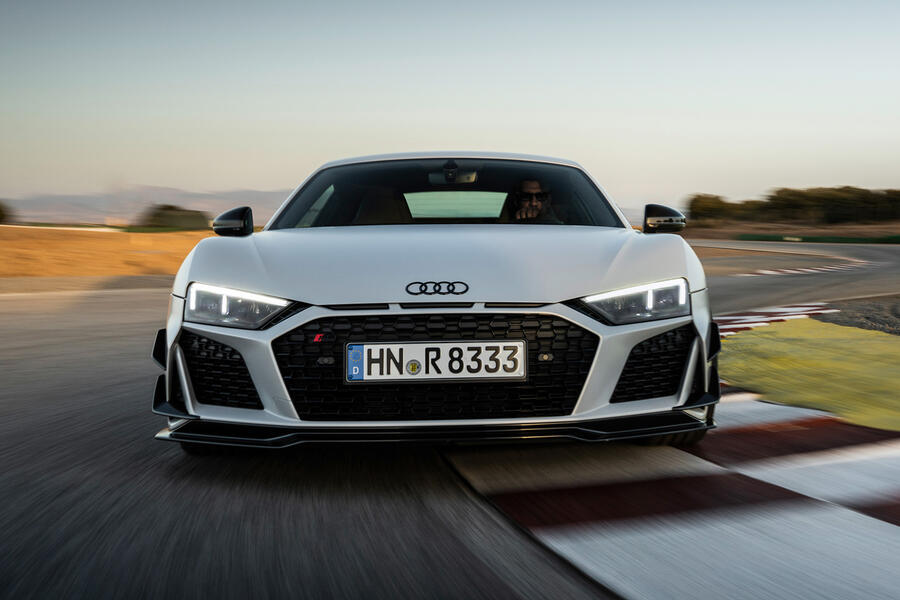
Obviously, the performance isn’t to be sniffed at. The 0-62mph time drops to 3.4sec, over half a second behind the viciously quick Porsche 911 Turbo S but perfectly face-puckeringly fast for all bar the drag strip. Plus, being naturally aspirated and a V10, it sounds unique and less muted than the Porsche.



